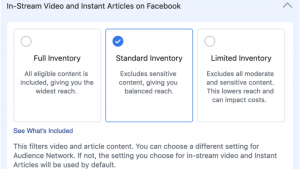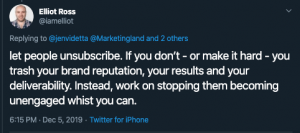
Design by maher berro
So, you want to re-design your home page. You want it to look sharp so you can wow your visitors, but you also need it to function properly and — most importantly — convert. I mean, what’s the point of this whole website thing if you’re not converting your visitors into customers and getting new business?
Here are 5 key points to consider when designing a good-looking and functional home page for your website.
1. Appearance
When it comes to appearance, consistency and simplicity is the best way to provide a good user experience for your visitors: there’s no need to reinvent the wheel here.
Choose a simple layout with a colour scheme that reflects your branding. Present your logo clearly in the header, preferably in the top left corner (This is consistent with other websites; again, consistency is key).
The header should also include a prominent title that clearly explains the purpose or main offer of your website. Conversion rates typically go down if the message of your website is not clear.
2.Navigation
Include a navigation bar near the header of the page that links to all key pages on your site. Not only to make it easier for users to navigate, but also to allow search engine crawlers to easily find all pages and content on your site and fully discover what it’s all about.
Include links to contact us, about us and why choose us? pages in the navigation. Those pages contain key information about your business that potential customers need as they move further down the sales funnel.
To learn more about creating user friendly navigation menu’s, click here. To discover new opportunities for navigation links, click here.
3. Images
We tend to scan webpages, rather than read all the details; images directly related to what your site offers make it easier to communicate to your users. If the image is directly in context with what the person will get, it can increase conversion rates.
It’s recommended to use real photos of products, employees and customers. Mouse movement data has repeatedly shown that people don’t pay attention to stock photos, which equals wasted space on your home page.
If at all possible, DO NOT USE AN IMAGE SLIDER! There are many case studies in conversion optimization testing that indicate sliders significantly decrease conversion rates. Additionally, a Neilson Norman group study showed that sliders both annoy visitors and reduce the offers’ visibility.
Your users ignore image sliders (also known as carousels) — and only 1 % of visitors will click on them.
4. Trust Signals
A prospect needs to know they can trust you, so its a good idea to include some trust badges. These can include credible partnership or client logos, associations your business is a part of and/or awards you’ve received on your home page.
You may also want to consider adding client testimonials. Testimonials provide good social proof to unfamiliar visitors. We are social creatures by nature and tend to want to know what others think before making decisions. The ideal testimonial should be from a real customer talking about a real problem how the website/product/service helped that problem. Adding as much information about the person who wrote the testimonial is ideal as it shows that the person is real, and the testimonial is not fake. Also try to keep testimonials short and simple.
Find 9 Trust Symbols You Can Use to Increase Conversions and Customer Confidence.
5. Contact Info And Calls To Action
Include your most up-to-date contact Info and appropriate calls to action wherever necessary. You obviously want to encourage visitors to contact you wherever possible, and you’ll want to have the most up to date info. This can be achieved with contact forms, email addresses or telephone numbers. It is recommended to have 2 calls to action, one above the fold of the home page (likely in the header, with a phone number) and one below the fold (likely a contact form) you’ll want to user to have every available opportunity to easily contact you, but, on the other hand, don’t overdo it, as this could annoy, and drive away potential customers.
And Finally…
Some additional points you may want to consider:
- Make the benefits to the potential customer clear.
- Don’t make the site look cluttered
- Ensure your site functions on all browsers and devices.
- Include links to all your social media profiles, so users can interact with you in a variety of ways.
Learn More About Page Design & Calls To Action
- 5 Simple Web Design Tips To Improve Site Conversions (Alexis Elliott)
- How to Make Your CTAs Make a Difference (Alistair Norman)
Post from: Search Engine People SEO Blog
5 Key Points To A Great Looking, Converting Home Page
—
Written by Jason Streatch,
The post 5 Key Points To A Great Looking, Converting Home Page appeared first on Search Engine People Blog.
(384)
Report Post





